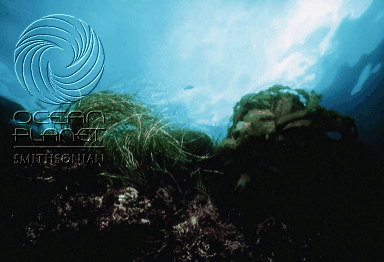
This quiz is mainly based on the questions and facts listed on the main menu and is designed for prospective students.
Rules:To each question there might be more than one right answer. The quiz starts with the easy questions and finishes with the questions where you have to think a bit more. After you have answered as many questions as you can, check your answers at the end.
Q6:In terms of general rise in oceanic water temperature, the heat released at the mid-ocean ridges is:
a) very significant;
b) fairly significant;
c) insignificant;

Click here to return to the main menu.